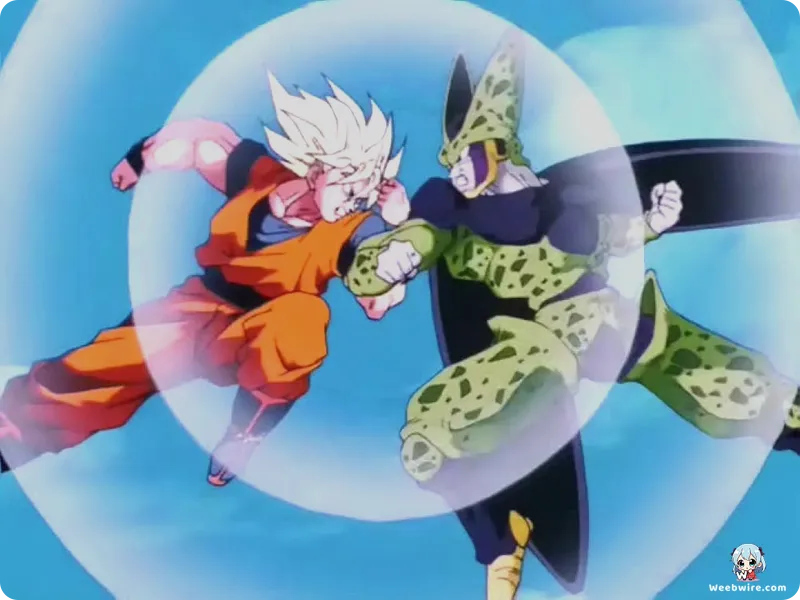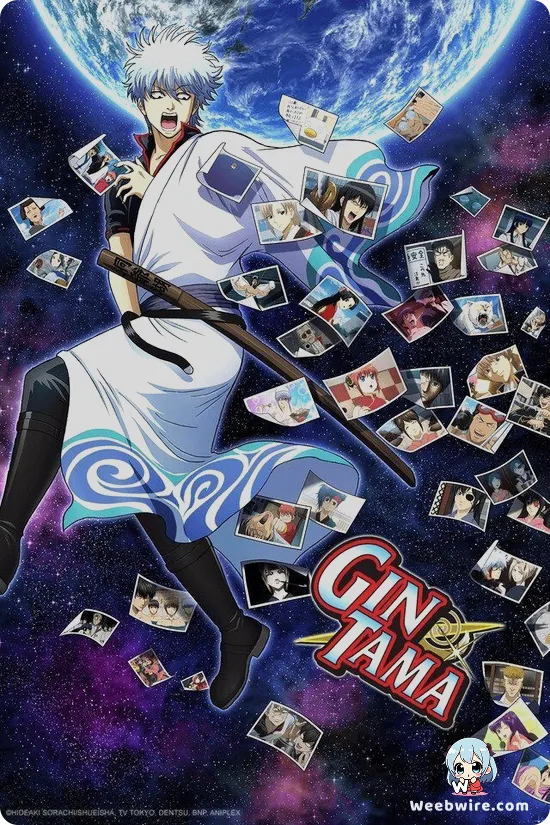The Secret History of Dragon Ball: Uncovering the Literary Roots, Forgotten Characters, and Practical Reasons Behind Goku's Super Saiyan Hair

The monumental legacy of Akira Toriyama's Dragon Ball transcends mere action; it is a masterclass in world-building layered with subtle literary nods, surprising production secrets, and an extensive system of whimsical, pun-based naming conventions. While the global fanbase often focuses on the escalating power levels and iconic martial arts battles, the true genius of the shonen defining saga rests in its fascinating, lesser-known lore and the creative choices that shaped the destiny of Goku and his allies.
The Foundational Inspiration: Journey to the West
At its very foundation, the original narrative structure of Dragon Ball is a direct, loving homage to the 16th-century Chinese epic, Journey to the West. Goku is explicitly modeled after Sun Wukong, the legendary Monkey King, sharing his immense native strength, innocent demeanor, and reliance on magical tools like the extendable Power Pole (Nyoibo) and the ethereal Flying Nimbus (Kinto'un). The initial quest to gather the seven Dragon Balls perfectly mirrored the epic journey structure of its source material before the series dramatically pivoted towards intense martial arts tournaments and cosmic confrontations. This foundational inspiration is further solidified by characters like Oolong, the shape-shifting pig, who serves as the parallel to Wukong's companion, Zhu Bajie.
Systematic Humor in Nomenclature
Perhaps the most charming and enduring feature of Toriyama’s world is his systematic approach to nomenclature. The Saiyans, the formidable warrior race, are famously named after common vegetables. Vegeta is derived from 'Vegetable,' while Goku's Saiyan birth name, Kakarot, is a play on 'Carrot.' This pattern extends to Raditz ('Radish'), Nappa ('Napa Cabbage'), and Broly ('Broccoli').

Even the cosmic antagonists adhere to cold-themed puns; Frieza, King Cold, and Cooler are all named after concepts related to refrigeration, fitting their cold-blooded nature. Conversely, the Namekians are rooted in organic life, with Namek being a pun on Namekuji (Japanese for slug). Even Earth’s inhabitants carry this humorous tradition. Bulma’s immediate family is notoriously named after undergarments: Bulma is derived from 'Bloomers,' her father is Dr. Brief, and her daughter is named Bra. These lighthearted details provide a stark contrast to the epic scope of the battles, injecting consistent humor into the series' core fabric.
Intriguing Production Facts and Character Evolution
Delving into production secrets reveals further intriguing facts, such as the fate of Launch, the prominent early character with a dual personality. Toriyama admitted that as the series shifted focus away from adventure toward serious martial arts sagas (like the Piccolo Daimao arc), he simply forgot the character existed, leading to her sudden, unplanned disappearance.
Finally, even the iconic visuals carry practical origins. The now-legendary Super Saiyan transformation, characterized by its golden hair, was initially conceived as a time-saving measure. Constantly inking Goku’s black hair demanded excessive effort during the weekly serialization schedule; changing the hair to yellow simplified the shading process. This mundane necessity rapidly evolved into one of the most recognizable power-ups in anime history.
Furthermore, the antagonist turned hero, Vegeta, was originally conceived as a minor, one-off villain designed only to set the stage for Frieza. His overwhelming popularity among readers and editors ensured his continuous evolution, cementing his role as the definitive anti-hero and rival, demonstrating how external reception profoundly influenced the narrative direction of the Dragon Ball universe.
Credits
Dragon Ball
Author
Akira Toriyama
Cover Art
Akira Toriyama
Studio
Toei Animation
Publisher
Shueisha
Producers





